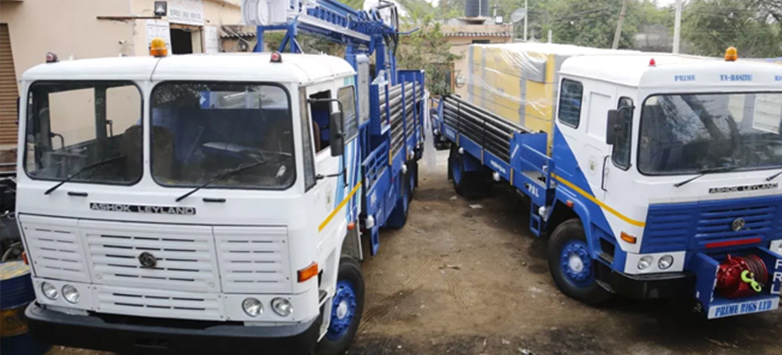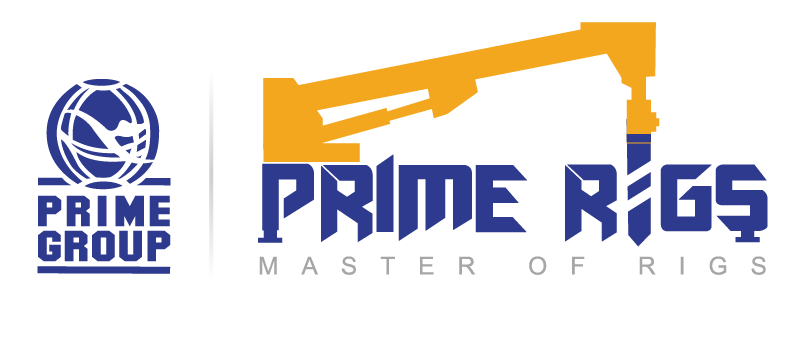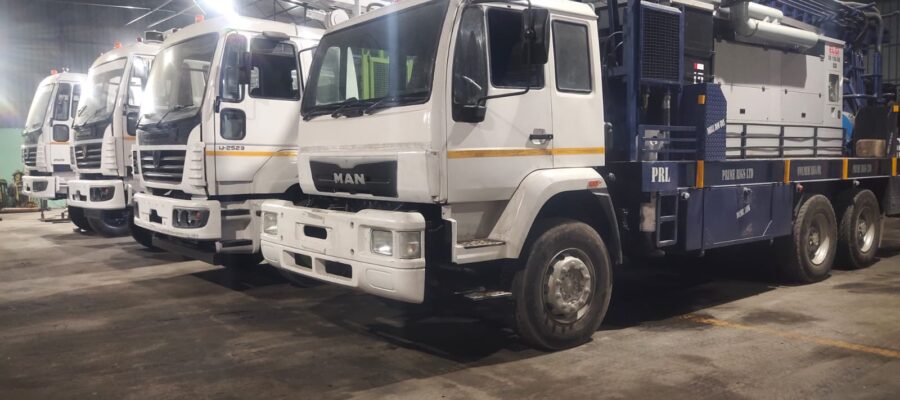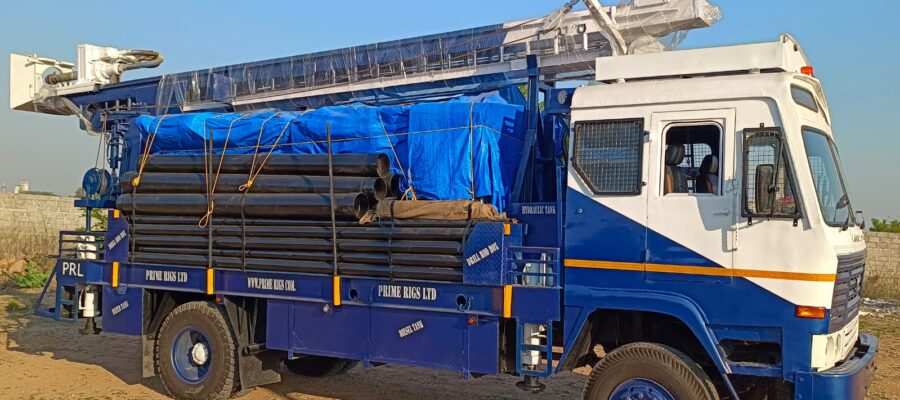
Health and safety concerns have long been linked to the oil and gas business, and offshore drilling is no exception. Dangers for those who operate in the offshore drilling sector stem from the inherently dangerous nature of the activity, as well as the complexity of offshore drilling rigs and their design aspects. The dangers of these situations are compounded by their separation from help and the difficulty of reaching them in an emergency.
- Create A Culture Where Safety Comes First –
When working in the offshore with the best offshore drilling companies, it is vital that all team members, whether they be employees or contractors, prioritize their own and their co-workers’ safety at all times. Leaders should model a proactive safety mindset themselves and inspire their teams to do the same.
Team members should feel comfortable talking about safety concerns with one another and should trust one another. Workers should be made aware of the importance of reporting problems and given the tools they need to do so effectively.
- Following Health And Safety Laws –
The health and safety legislation and regulations governing the offshore oil and gas industry are similarly dynamic and ever-evolving. Organizational compliance with these regulations and the accuracy of the data used to implement them need the appointment of responsible individuals.
New companies interested in the offshore oil and gas industry will find guidance to be invaluable resources. For health and safety purposes, this is a useful guide.
- Construct Appropriate Training Programs For Staff And Independent Contractors –
Orientation is required for all new employees and contractors on the rig. Following this, all personnel in the industry must receive ongoing training to ensure they are competent and safe in their positions. Training programs, certifications, and degrees in offshore drilling abound and can help you and your crew succeed.
- Preserve Equipment –
Offshore drilling operations are required to conform to a stringent schedule that includes preventative maintenance, inspections, and testing of all equipment. This is done to protect the safety of everyone involved. This can help prevent mishaps that are brought on by components that have worn out or broken, and it can also increase the life of machinery. The requirements for maintenance that different machines and components have will vary.
- When Working With Electricity, You Should At All Times Wear Protective Gear –
Workers in a variety of industries are required to wear protective gear to safeguard themselves against any hazards that may be present. It is anticipated that anyone operating in the offshore biggest offshore drilling companies will be required to wear fire-resistant clothing, safety goggles, hard hats, steel toe boots, protective gloves, and other protective gear as standard equipment. However, particular professions and responsibilities often demand the utilization of supplemental safety precautions as well as specialized equipment.
Conclusion:
If you’re interested in offshore drilling and safety, they hope you found this blog informative. Visit their homepage to learn more about the offshore drilling sector recruitment services they offer. They connect qualified job seekers with employers looking for temporary or permanent staff.
Recent Post
- Frequent Used: Heavy Construction Equipment and Instruments
- What Type of Water Drilling Should You Choose?
- How To Choose The Perfect Drilling Rig To Buy?
- Tips For Selecting the Right Drilling Rig According to Your Need
- Water Well Drilling: Numerous Advantages
- How To Find Affordable And Reliable Water Well Drilling Rigs For Sale?
- Everything You Need to Know About Water Construction Rigs
- Water Drilling Rigs: Know The Different Types
- Refurbished Borehole Drilling Machine: Is It Worth The Purchase?
- Safety for the Construction Industry: Why Does it Matter?
- Milling Or Drilling: Which Is The Right Process To Choose?
- Choosing A Construction Truck Rigs Supplier Keeping Perfection In Mind
- Factors That Can Help You Select The Best Water Well Drilling Rig
- What Makes Drilling Rigs Different From Milling Rigs?
- Water Well Drilling Rig: All You Need to Know About It
- Do’s and Don’ts of Choosing the Right Rigs
- Underground Drilling Rigs: Features That Make Them Unique And Most Recommended
- What are construction drilling rigs? Why do companies need them?
- How do drilling companies help you with core drilling exploration?
- Key Features and Benefits of Drilling Machines in the Construction Industry
- Exploring the Advantages of Portable Borewell Drilling Technology
- How to Choose the Right Drilling Rig for Your Needs
- Reasons to Invest in Absolute Guide for Rotary Drilling
- Selecting the Ideal Drilling Rig: Ensuring Safety, Efficiency and Cost-Effectiveness





